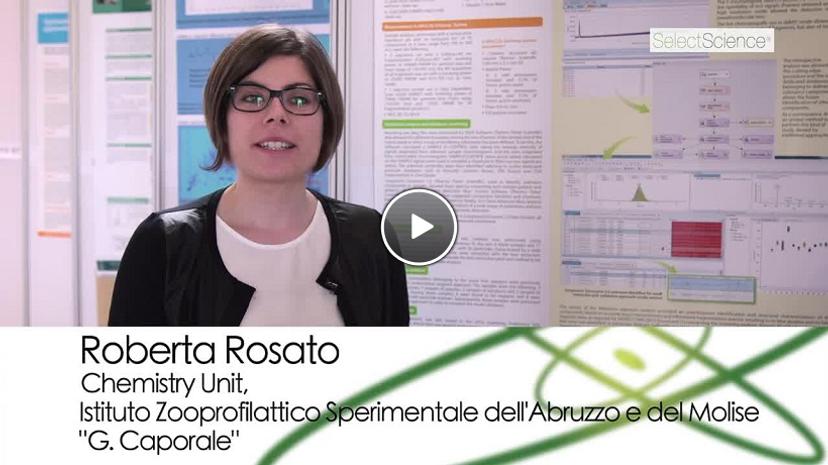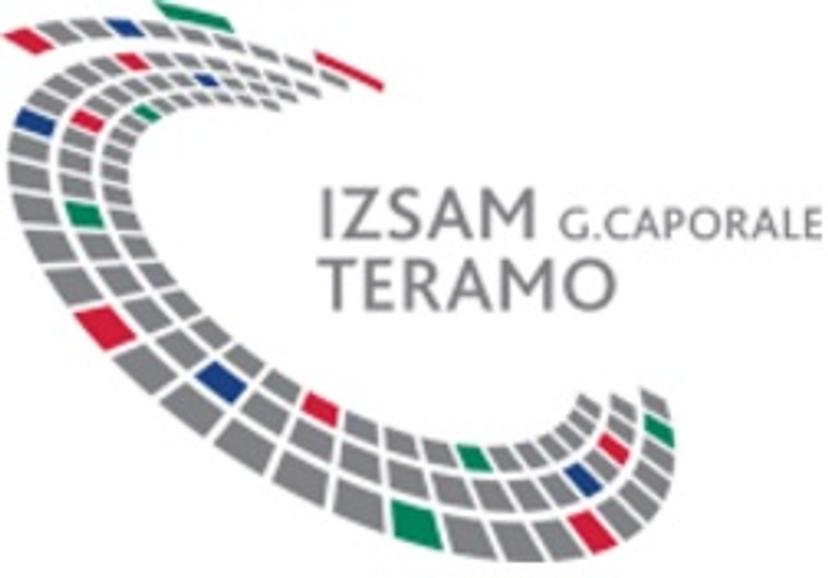A Novel Approach to Determine Unknown and Non-Target Pesticides in Fruit and Vegetables Using an LC-Orbitrap System
Discover a novel approach to unknown pesticide determination, using the Thermo Scientific™ Q Exactive™ Hybrid Quadrupole-Orbitrap™ Mass Spectrometer, in this poster presentation from EPRW
28 Dec 2016


IZSAM is a public health institute that operates as a technical and scientific arm of the Italian state and the Abruzzo and Molise regions. It performs analytical work for the public veterinary services and provides the technical and scientific collaboration necessary for veterinary public health.
SelectScience® spoke to Roberta Rosato, from the Istituto Zooprofilattico Sperimentale dell’Abruzzo e del Molise “G. Caporale” (IZSAM), during the recent European Pesticide Residue Workshop (EPRW2016). In this video interview, Roberta discusses a novel approach to determine unknown non-target pesticides in fruit and vegetables, using liquid chromatography high resolution mass spectrometry combined with next generation software.
In the video interview, Roberta explains the development of a novel method incorporating five different chromatographic runs, acquired and processed in Full Scan-AIF (All-Ion-Fragmentation) mode and one chromatographic run in Data Dependent Scan mode (ddMS2) on the Thermo Scientific™ Q Exactive™ Hybrid Quadrupole-Orbitrap™ Mass Spectrometer The data was analyzed using Thermo Scientific™ SIEVE™ Software and Compound Discoverer™ Software.
Real sample analysis was carried out on 12 samples belonging to the stone fruit category, including apricots and peaches. All pesticides, previously detected with a multi-reside targeted approach, were also detected using this new novel approach, thus demonstrating proof-of-concept.
Following their success with small pesticide molecules and pesticide related metabolites, Roberta explains that IZSAM aims to develop the method to detect a wider range of substances, which may be useful for metabolomics studies. In the future, IZSAM would also like to lay the foundations for the application of this new method in routine analyses.
